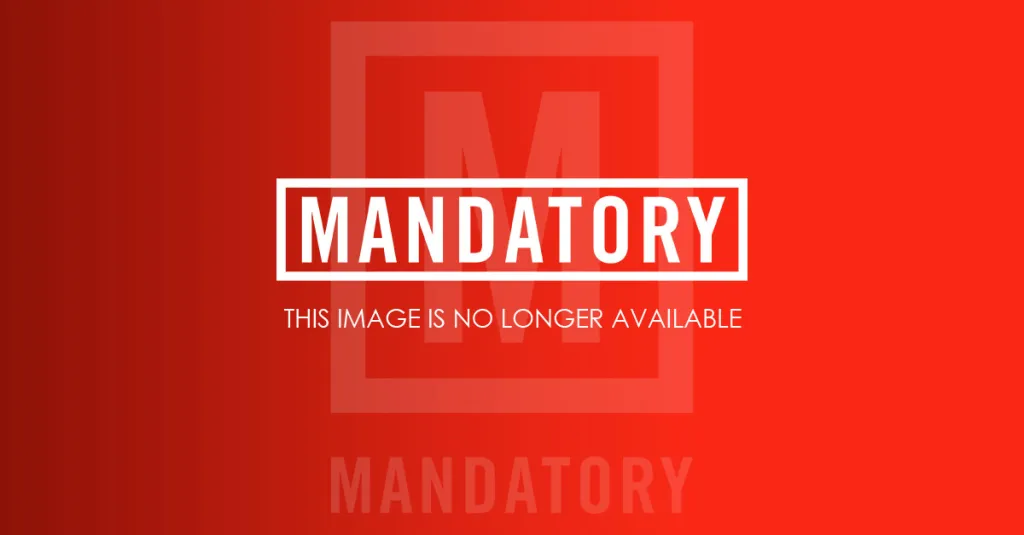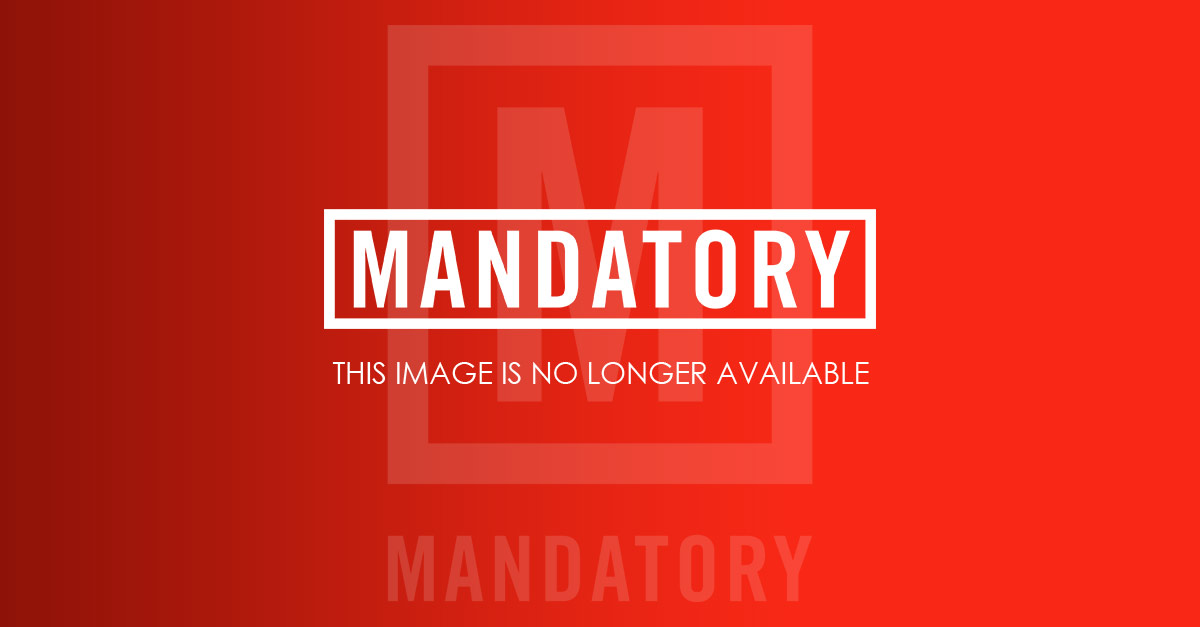“I love my country,” says Jamaican black trans man Jah Phyah early in the Noisey Films short documentary Out and Bad: London’s LGBT Dancehall Scene, “but being who I am, I couldn’t live there.”
One of the most salient points made in Out and Bad is that the relationship LGBT people have to the cultures they’re born into – particularly if the culture is baldly homophobic – is often much more complicated than simply hating it. It’s about navigating your complicated love for it. Women (of all sexualities) and queer/same-gender-loving male hip-hop fans have long made a related point when discussing their love of rap, noting that sometimes you have to tune out the lyrics and give in to the power of the beat. Out and Bad co-directors Kartel Brown and Daisy-May Hudson are tasked with illustrating the struggle when the culture is dancehall and, for many of the film’s subjects, the conflict isn’t just with the music but with the larger culture of Jamaica, birthplace of both dancehall and some of the black LGBT people in the film.

Still from Out and Bad: London’s LGBT Dancehall Scene
Out and Bad focuses primarily on two hugely important queer dancehall/bashment clubs that cater to black clientele – the legendary and now defunct Caribana, and the still-thriving Bootylicious. The film opens with a couple of friends getting ready for a night at the latter, and then opens up into larger issues of black queer identity in London. The shared insights on chosen and consciously formed families echoes those found in Paris is Burning. (It’s one of many echoes to Jenny Livingston’s classic film on American ball culture.) But from the start the film’s core weakness is apparent. Brown and Hudson, in a mistake made by many documentarians, are so enthralled with their subjects that they sometimes let them meander rather than edit their comments down to what is substantive and truly relevant.
The film is at its best when it actually goes into the club, an otherworldly realm whose programmed lighting casts blues, reds and yellows over the gyrating, sweating bodies. The energy is off the charts, then, and the film’s own pulse picks up. It’s here that we see a span of bodies of all sizes and hues of blackness. And we see the ways in which the sexual frankness and freedom that are a given for hetero dancehall fans in straight dancehall venues are fiercely claimed by queer folk. Visually, Out and Bad comes to life nearly two-thirds in when the work of a photographer who’d been documenting Caribana is rolled out, and the images are absolutely dazzling, especially when they’re given a near 3D effect. Here’s hoping a collection of those works makes its way into a book or online forum.

Photo courtesy Dazed/Bernard Miller
But the film also drops the ball in crucial ways. First, lesbian and trans presence could have been greatly expanded. Second, while the homophobia of Jamaica and black culture is dutifully cited as a major source of despair and alienation for black LGBT people, the segregation and anti-black racism often encountered in “queer” circles/venues is only noted accidentally, in a throwaway line of a black speaker who notes, “When I went to [iconic gay dance club] Heaven on a Saturday night, it – the urban room –was all black people.” For him, the sight was a welcome one, and a revelation, but it also unintentionally speaks to the racial divides in queer culture, a rarely commented upon source of alienation and despair for many queer people of color.

Photo courtesy Dazed/Bernard Miller
The real takeaway of the documentary is something that a lot of queer activists in big cities miss or simply ignore, particularly those whose race, gender presentation and class status afford them options and privileges not given to all queer bodies. It’s true that sometimes the places people come from are so horrible they can’t wait to get away and leave all traces behind. But sometimes those places – small towns or villages in middle-America or European countries; countries and cultures that are unabashedly black or brown – speak to and for queer folk in ways that cannot be easily discounted, in ways that actually sustain the best part of them. That includes music, food, the rhythms of everyday life, and certain culturally specific traditions and practices.
The LGBT folk in the film make it clear that they are appreciative of the freedoms they have in London, and they’re grateful not to have to endure the horrors that many LGBT people suffer in Jamaica. But it’s also quite telling that one of them, when describing club Caribana, says wistfully, “It was like Jamaica.”

Photo courtesy Dazed/Bernard Miller
Previously on Art Doc of the Week:
Art Doc of the Week
-
Art Doc of the Week | Los Punks: We Are All We Have

The award-winning doc looks at Los Angeles’ 40-year-old punk scene.
Photo: Angela Boatwright
-
Art Doc of the Week | McQueen and I

The late fashion designer Alexander McQueen’s life was as unconventional as his iconic shows.
Photo: Alexander McQueen: Savage Beauty
-
Art Doc of the Week | Who Is Poly Styrene?

The late British-Somali punk icon was vulnerable in her feminist art.
Image Courtesy the Artist Estate
-
Art Doc of the Week | Eva Hesse

The new documentary on the on the late visual artist is both informative and soulful.
Image Courtesy the Filmmaker
-
Art Doc of the Week | Packed in a Trunk

Edith Lake Wilkinson’s great niece investigates why the painter was institutionalized for seemingly no reason.
Photo: Wolfe Video
-
Art Doc of the Week | The Kate Bush Story

The 2014 BBC documentary on the reclusive pop star lets her high-profile fans swoon all over her.
Photo: Peter Mazel / Sunshine
-
Art Doc of the Week | Nikki Giovanni and Muhammad Ali in Conversation

The ionic poet interviews and is charmed by the sports legend for Soul talk show.
Photo: Getty Images
-
Art Doc of the Week | They Will Have to Kill Us First

Malian musicians use their music to stand up to Islamic fundamentalists.
Photo: BBC Worldwide
-
Art Doc of the Week | Step Up and Be Vocal

The 2001 film looks at the role punk played and plays in shaping some queer and feminist identities.
Photo: PansyDivision.com
-
Art Doc of the Week | Mapplethorpe: Look at the Pictures

The first ever documentary on Robert Mapplethorpe makes the case for his art and legacy while showing his warts and all.
Photo: J. Paul Getty Trust / LACMA / Robert Mapplethorpe Foundation
-
Art Doc of the Week | Parliament Funkadelic: One Nation Under A Groove

Director Yvonne Smith traces funk from its doo-wop origins to its role as a building-block of hip-hop.
Photo: GeorgeClinton.com
-
Art Doc of the Week | Pete Seeger: The Power of Song

An OG political protest singer has much to teach us today.
Photo: Reuters
-
Art Doc of the Week | The Post Impressionists: Munch

Edvard Munch was a poster boy for the idea of the artist as brilliant, immeasurably tortured soul.
-
Art Doc of the Week | Detroit, Vogue

Director Mollie Mills’s short doc on Detroit’s current ball culture is high on visual impact, skimpy on substance.
Photo: Vogue, Detroit
-
Art Doc of the Week | Colored Frames
 The paintings highlighted in Lerone D. Wilson’s film are pulled into deep conversation with the complex realities of black life.
The paintings highlighted in Lerone D. Wilson’s film are pulled into deep conversation with the complex realities of black life.Photo: Colored Frames
-
Art Doc of the Week | Spirits of Rebellion

Filmmaker Zeinabu Irene Davis’ documentary on filmmakers of the LA Rebellion is timely and illuminating.
Photo: Spirits of Rebellion / Julie Dash
-
Art Doc of the Week | Five

The 1971 documentary gives an overview of five African American visual artists as the bloody ‘60s turn into the hopeful ‘70s.
Photo: 110 St Harlem Blues, by Romare Bearden, courtesy DC Moore Gallery
-
Art Doc of the Week | Masters of Photography: Diane Arbus

This 1972 documentary filmed one year after the photographer’s suicide is intimate and revealing.
Top Photo: Roz Kelly / Getty Images
-
Art Doc of the Week | Dorothea Lange: An American Odyssey

The iconic photographer’s images of 20th century Depression-era America speak to current battles around class, race, immigration, and poverty.
Photo: Dorothea Lange
-
Art Doc of the Week | Out and Bad: London’s LGBT Dancehall Scene

The struggles and joys of forging queer identity within dancehall culture.
Photo: Dazed/Bernard Miller
-
Art Doc of the Week | And When I Die, I Won't Stay Dead

Director Billy Woodberry’s poetic take on the life and work of beat poet Bob Kaufman.
Photo: Billy Woodberry
-
Art Doc of the Week | The Sound of Redemption

Director N.C. Heikin turns saxophonist Frank Morgan’s life into one of 2015’s best documentaries.
-
Art Doc of the Week | It Came from Kuchar

The Bronx-raised Kuchar twins helped pioneer American underground film.
Photo: Indie Pix
-
Art Doc of the Week | Tamara de Lempicka

The visionary artist, an OG Material Girl, is still struggling to get art world respect.
Photo: http://www.delempicka.org/
-
Art Doc of the Week | Jaco

A documentary on the life and music of Jaco Pastorius also probes link between mental illness and creativity.
Photo: JacoPastorius.com
-
Art Doc of the Week | Janis Joplin: Little Girl Blue

A new documentary on the late rock icon digs beneath the lore to find a complex woman and artist.
Photo: Evening Standard/Getty Images
-
Art Doc of the Week | The Many Faces of Billie Holiday

Lady Day was much more than her blues, as this documentary makes clear.
Photo: The William P. Gottlieb Collection
-
Art Doc of the Week | Anita Sarko

The legendary DJ’s words on art, culture and creativity resonate powerfully in the wake of her recent death.
Photo: Svetlana Samoshina
-
Art Doc of the Week | Antonio Gaudi

Filmmaker Hiroshi Teshigahara lets out his inner fanboy as he pays tribute to his hero, iconic architect Antonio Gaudi.
Photo: The Criterion Collection
-
Art Doc of the Week | Poetry of Resilience

Katja Esson's documentary allows poets to reclaim the depth and possibilities of art.
Photo: Jeremy Sutton Hibbert






